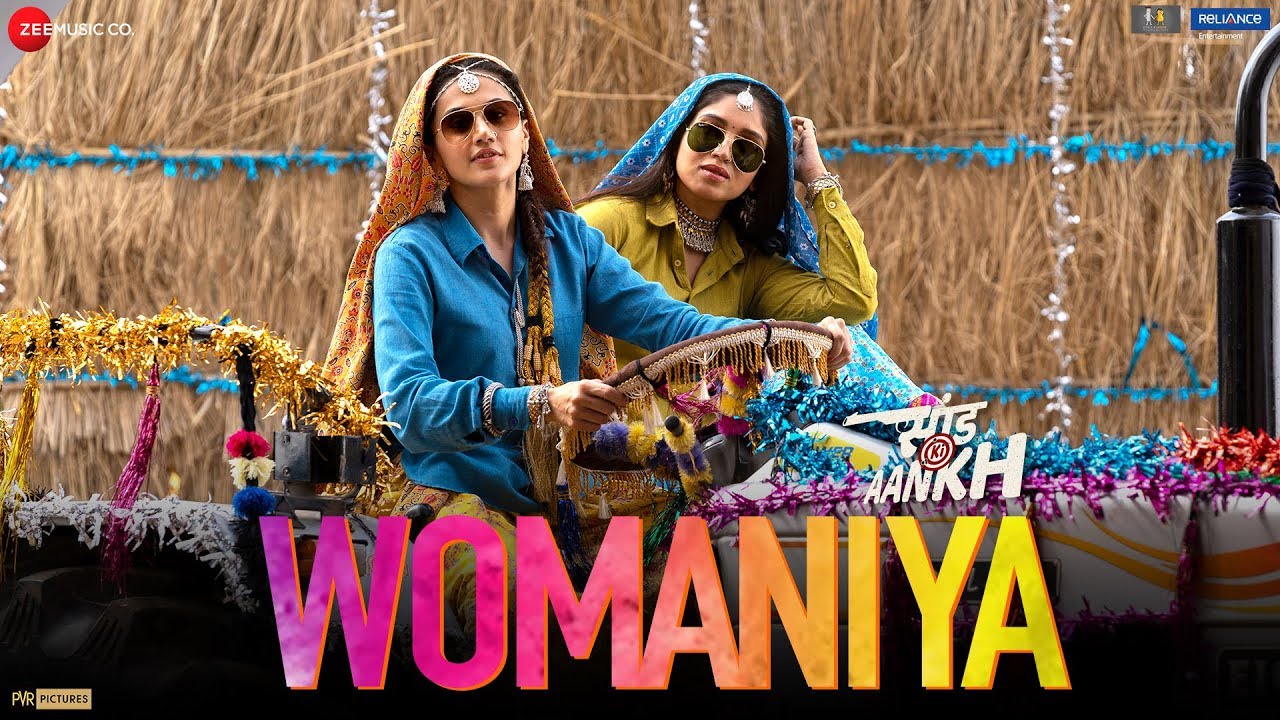
From boardrooms to film sets, ‘O Womaniya’ 2022 report show low female representation in films, series
Findings of an extensive study indicate that representation of women in senior roles behind the camera, as well as in corporate leadership, is as low as 10 per cent in the Indian film and OTT sectors, according to a report.
The report ‘O Womaniya’ 2022, on female representation in Indian entertainment, was released Thursday by Media consulting firm, Ormax Media and entertainment platform, Film Companion.
The report highlights on-screen and off-screen representation of women, by analysing 150 theatrical films, streaming films and series released in 2021 across 8 Indian languages, including Hindi, Telugu, Tamil, Malayalam, Kannada, Punjabi, Bengali and Gujarati.
The report studied the representation and participation of women across three major categories – ‘content’ that included female representation on-screen and behind-the-camera, ‘marketing’ that studied female representation in promotional trailers of films and series, and ‘corporate’ that analysed female representation in board rooms of top 25 media and entertainment firms.
Key findings of the report point to low representation of women behind-the-camera with only 10 per cent head of department (HOD) positions across key divisions such as production design, writing, editing, direction and cinematography, held by women.
Out of the 56 theatrical films analysed across languages, not even one was directed or edited by a woman. Even in media and entertainment corporate houses, that are at the centre of decision-making, only 10 per cent of senior leadership roles were held by women, having a cascading effect on inclusivity through the production and execution chain.
The report also highlights their low representation on-screen.
Only 55 per cent of the films and series passed the Bechdel Test1. Even in promotional trailers analysed through the Trailer Talk Time Test2, women had only 25 per cent talk time with 48 titles even allocating 10 seconds or less to female characters.
The study findings also indicate that women hire more women. The percentage of female HODs doubled when a woman greenlit a series or a film. Similarly, a higher percentage of films passed the Bechdel Test (68 per cent) and women had higher trailer talk time (35 per cent) if the title was commissioned by a woman.
Shailesh Kapoor, Founder-CEO, Ormax Media, said: “While it’s no surprise that female representation in mainstream entertainment is low, the degree of skew, such as 10:90 on some key parameters, should be a wake-up call. While streaming titles, especially series, are more women-inclusive in on and off-screen representation, theatrical films continue to perform very poorly, and in fact, have shown no positive growth at all since the previous report, which covered content released in 2019 & 2020.”
Streaming films and series performed better than theatrical films across all parameters indicating the change the sector is ushering in representation on and off-screen. For instance, representation of female HODs in streaming films and series was five times higher than theatrical films. Similarly, 64 per cent of streaming series and 55 per cent of streaming films passed the Bechdel Test, as opposed to more than half of theatrical films failing it. Likewise, streaming films and series provided more talk time to female characters in trailers, leading theatrical films by 10 percentage points and 14 percentage points respectively.
Sunitha Rangaswami, an independent consultant on gender and women’s economic empowerment provided counsel on making the Indian entertainment industry more inclusive for women.

